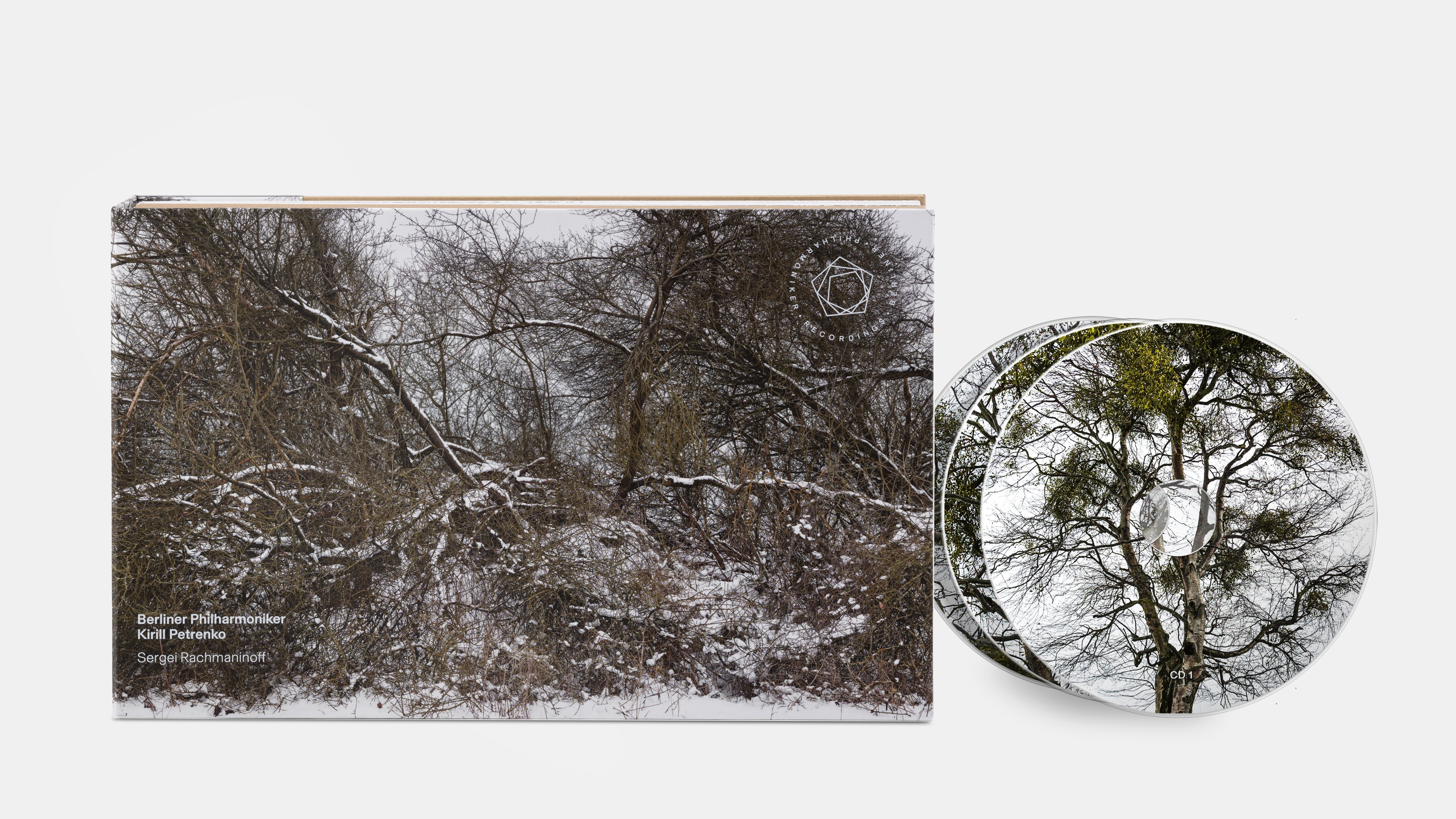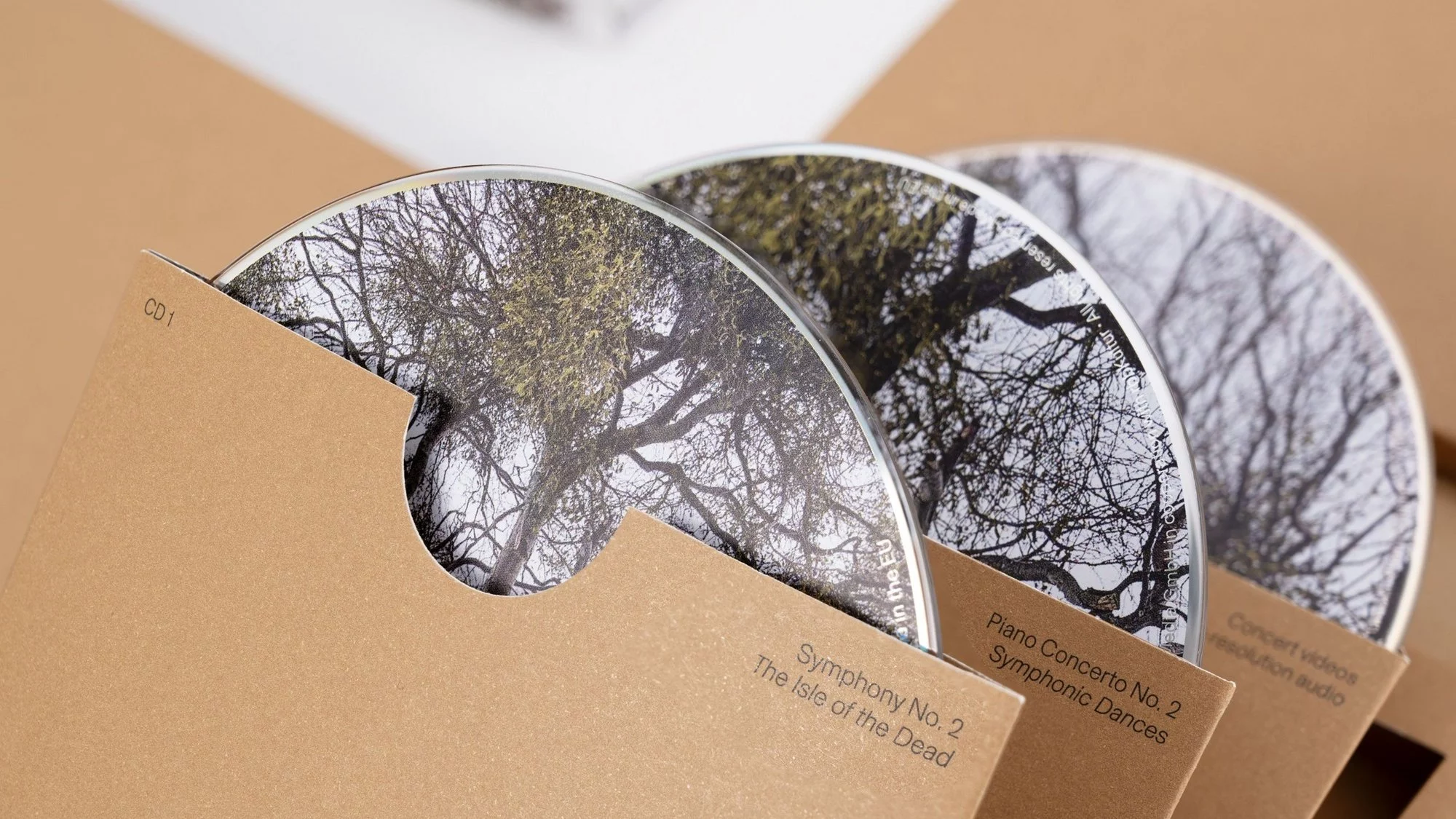
In their third edition together, the Berliner Philharmoniker and chief conductor Kirill Petrenko pay homage to Sergei Rachmaninoff on the 150th anniversary of his birth.
“I feel like a ghost wandering in a world grown alien,” said Sergei Rachmaninoff. “I cannot cast out the old way of writing, and I cannot acquire the new. Even with the disaster of living through what has befallen the Russia where I spent my happiest years, I always feel that my own music and my reactions to all music have remained spiritually the same, unendingly obedient in trying to create beauty.”
The composer’s life was marked by the tension between his longing for a safe homeland on the one hand and political and personal upheavals on the other. The latter required him to be open to changes. Rachmaninoff anchored himself in his music – in works of hyper-romantic emotionalism, driven by unconditional expressive determination and the affirmation of outmoded beauty.
In their third edition together, the Berliner Philharmoniker and chief conductor Kirill Petrenko pay tribute to the Russian composer during the year of his 150th birthday. “Rachmaninoff’s music has an immense significance for me,” says Kirill Petrenko in a conversation for the Digital Concert Hall. “Whenever I hear it, it’s like hearing a piece of my homeland.”


The Second Symphony has long been one of his favourite works. He not only conducted it at his Philharmonic debut in 2006, but also in 2021 at a concert that was to become a historic event. The Philharmonie Berlin had to remain closed to the public for five months because of the pandemic – concerts took place in front of an eerily empty house and the cameras of the Digital Concert Hall.
Then, in March 2021, it was possible for 1000 guests to attend a concert in the main auditorium of the Philharmonie, as part of a special pilot project. As soon as the orchestra and Kirill Petrenko walked onto the stage, the audience expressed overwhelming joy at their return – a joy shared the musicians.
The intense emotion of the occasion is clearly reflected in this interpretation of Rachmaninoff’s insistently yearning Second Symphony: “The orchestra was stunning… [and Kirill Petrenko] …led this masterpiece of melancholy to a radiant triumph. The final applaused seemed to go on forever, ” reported Der Tagesspiegel.
Like Kirill Petrenko, the Berliner Philharmoniker also has a direct line connecting them to the composer: in 1903 the orchestra performed his Second Piano Concerto, and once again in 1908, this time with Rachmaninoff as soloist (his debut with the Berliners).Still one of the composer’s most popular pieces, it combines all the elements that give his musical language its immediacy: sumptuous harmony, pianistic brilliance, and the courage to provide virtually unlimited emotional expression. The recording of the concerto in this edition with pianist Kirill Gerstein was made in the highly-charged summer evening atmosphere of the 2022 Waldbühne concert.
This edition also includes two other major works by Rachmaninoff: the tone poem The Isle of the Dead and the Symphonic Dances. They are linked by the repeatedly quoted Dies irae motif from the requiem liturgy, which the composer used almost obsessively in his works. The Isle of the Dead, inspired by Arnold Böcklin’s painting of the same name, rocks restlessly and ominously in quintuple time – a strikingly sombre tone painting.
The brisk march rhythm of the first of the Symphonic Dances, on the other hand, suggests solid ground beneath one’s feet. Yet even the rapturously beautiful saxophone solo reveals the nostalgic mood that haunted Rachmaninoff – almost 70 and already terminally ill with cancer – during his American exile.
“In losing my country, I lost myself,” he declared. Rachmaninoff’s feeling of rootlessness may not only have been caused by the distance from his native country, but also by American audiences’ lack of acceptance for his music, which seemed rooted in a different era.
In the Symphonic Dances, Rachmaninoff looks back nostalgically on his own works and those of others with meaningful allusions, but at the same time couches his musical language in a modernized big-band style.
The third and final dance – which opens with twelve fateful chimes of the bells – repeatedly paraphrases the Dies irae theme. Rachmaninoff does not introduce its counterpart until the coda: a theme quoted freely from the ninth movement of his All-Night Vigil – music from the liturgy preceding Easter morning and the Resurrection of Christ.
Is Rachmaninoff hinting at an optimistic outlook in his Symphonic Dances, the discovery of a spiritual home in the “world grown alien”? Perhaps. The composer did not comment on his moving opus ultimum, with which the Berliner Philharmoniker and Kirill Petrenko conclude their homage to Rachmaninoff.